Tired of Aphids? Here’s How to Actually Get Rid of Them for Good
I learned my most important lesson about aphids the hard way, back in my early days managing a commercial greenhouse. We were raising rows of beautiful fuchsias for a big garden show. One morning, I walked in to find the new growth on dozens of them curled, sticky, and covered in thousands of tiny green specks. It was a total infestation, and it felt like it had happened overnight.
In this article
- First, Know Your Enemy: The Aphid
- The Telltale Signs of an Aphid Invasion
- Your First Moves: Simple, Physical Controls
- Smart Gardening = Fewer Pests
- Let Nature Do the Work: Beneficial Insects
- The Best Homemade Sprays (and What to Avoid)
- A Quick Word on Food Safety
- Which Method Is Right for You? A Quick Breakdown
- When the Problem Gets Complicated
- Know When to Ask for Help
- Inspirational Gallery
My first instinct was to grab the strongest chemical I could find. But my boss, a seasoned old-timer, just calmly grabbed a simple spray bottle. He showed me that getting rid of pests isn’t about waging all-out war. It’s about paying attention, understanding the pest, and using the right tool for the job. And honestly, most of the time, the simplest tool is the best one. This guide is packed with everything I’ve learned since that day.
First, Know Your Enemy: The Aphid
Before you can win the battle, you have to understand who you’re up against. Aphids might be tiny, but they are survival machines. They’re soft-bodied insects that come in all sorts of colors—green, black, yellow, even fuzzy white. There are thousands of types, and many have a favorite plant they like to munch on, so the aphids on your roses probably aren’t the same ones you’ll find on your kale.
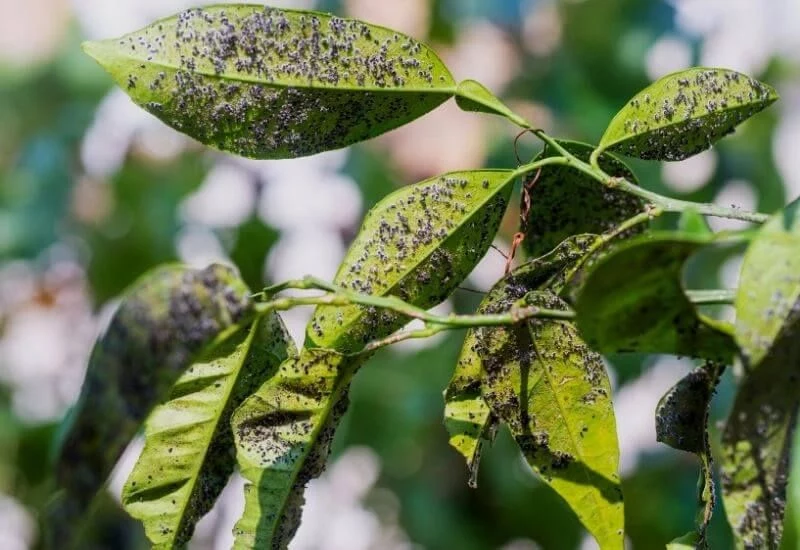
The real trouble comes from their mouths. They have a sharp, straw-like part they use to pierce right into a plant’s veins to suck out the sugary sap. They’re literally stealing the plant’s food. That’s why a bad infestation leads to stunted growth, yellow leaves, and sad, deformed flowers.
So how do a few bugs become an army so fast? Here’s their secret: during the growing season, female aphids can give birth to live young without a mate, and these babies are basically her clones. A newborn can be ready to have its own babies in as little as a week. That explosive growth is why you can’t just ignore them. You have to act fast.
The Telltale Signs of an Aphid Invasion
Often, you’ll spot the evidence before you see the aphids themselves. Here’s what the pros look for:
- Sticky Stuff on Leaves: Aphids digest sap and excrete a sugary waste called “honeydew.” If you touch a leaf and it feels sticky, get a closer look.
- Ugly Black Mold: A black, dusty-looking fungus called sooty mold loves to grow on that honeydew. It’s not just ugly; it can block sunlight and weaken the plant. Oh, and by the way, once you’ve dealt with the aphids, you can usually wash this sooty mold right off the leaves with a bit of your soap spray and a soft cloth.
- Yellow, Curled Leaves: This is a classic sign of stress. The plant is being robbed of nutrients, and toxins from aphid saliva can cause new growth to look twisted or distorted.
- Ants… Everywhere: If you see a line of ants marching up your prize-winning tomato plant, follow them. They’re not there by chance. Ants and aphids have a weird partnership—the ants protect the aphids from predators, and in return, they get to “milk” the aphids for that sweet honeydew. If you have ants, you probably have aphids.
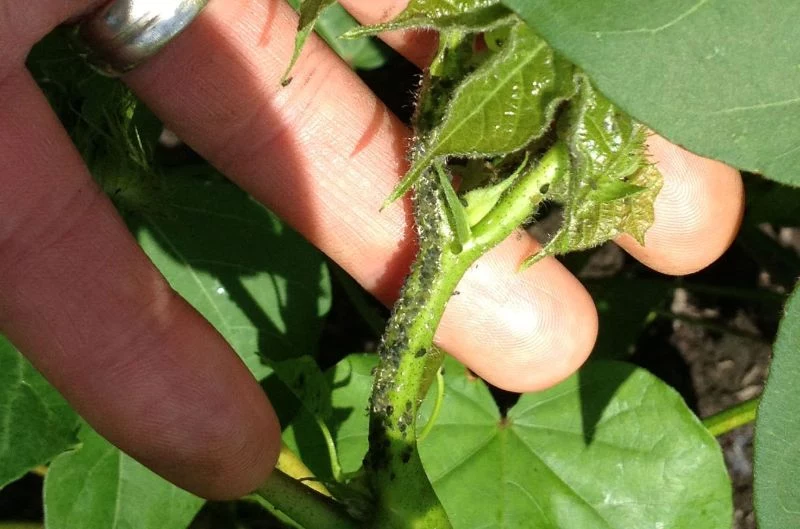
Your First Moves: Simple, Physical Controls
Always start with the simplest methods first. These tactics are surprisingly effective and won’t harm your plants or the good bugs in your garden.
A strong jet of water from a garden hose can work wonders on sturdy plants. You’re not trying to drown them, just physically blast them off the plant. Most won’t be able to climb back on. A quick tip: think “firm shower,” not “pressure washer.” Start a couple of feet away and move closer until you see the aphids flying off, but before the leaves start to look battered. Be sure to spray the undersides of leaves, too! You’ll likely need to do this for a few days in a row.
Sometimes, your own hands are the best tool. If you see one branch tip that’s covered, just snip it off and drop it into a bucket of soapy water. Done.
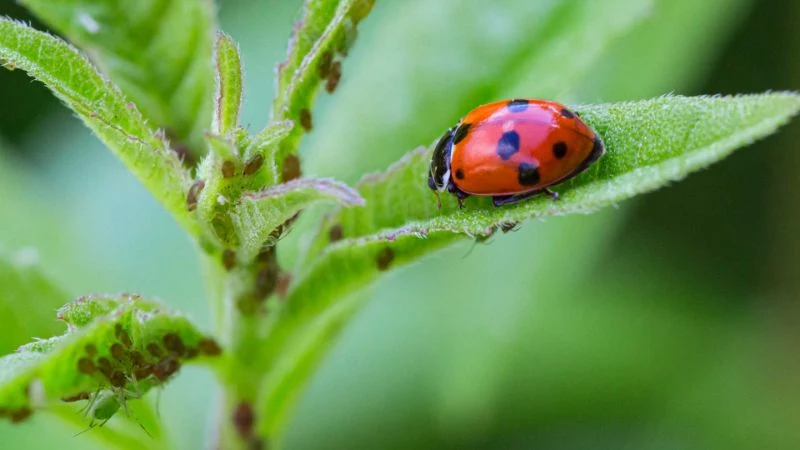
Here’s a quick win for you: Got five minutes? Go find the one branch with the worst aphid cluster and just snip it off. Boom. You just stopped thousands of future aphids. Feels good, right?
For houseplants or delicate flowers, you can just dampen a paper towel and gently wipe the little pests away. It’s tedious but 100% safe.
Smart Gardening = Fewer Pests
How you manage your garden can make a huge difference. Aphids are drawn to soft, lush new growth, which is often caused by using too much nitrogen fertilizer. Using a balanced, slow-release fertilizer encourages steadier, stronger growth that’s less appealing to them.
Companion planting is another great strategy. Strong-smelling plants like chives, garlic, and onions planted near things like roses can help confuse aphids and hide your prized plants. And one of the biggest mistakes I see? People bring home new plants from the nursery without checking them. Always inspect new plants carefully and, if you can, quarantine them for a week or two just to be safe.
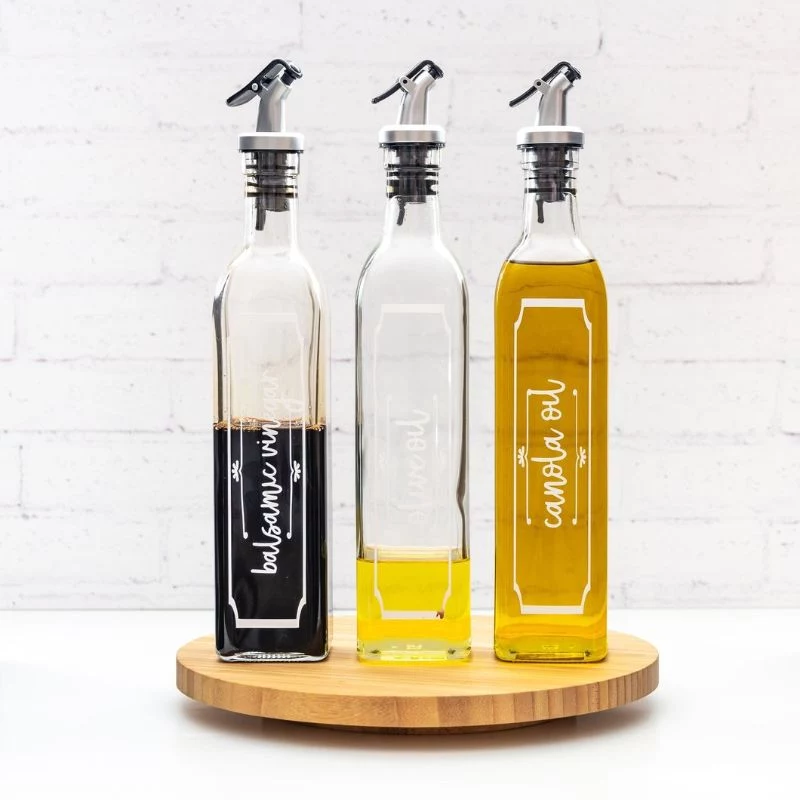
Let Nature Do the Work: Beneficial Insects
This is my favorite long-term strategy. You can actually buy good bugs to hunt the bad bugs. A word of warning, though: if you go this route, you have to stop all spraying, even organic ones, or you’ll kill your new allies.
- Ladybugs: Everyone knows they eat aphids. But here’s the trick: don’t buy the adults. They usually just fly away. Instead, buy ladybug larvae. They look like tiny alligators, can’t fly, and are incredibly hungry. Release them in the evening on infested plants.
- Green Lacewings: While ladybugs get the fame, pros often prefer lacewings. Their larvae are called “aphid lions” for a reason—they are ferocious predators of aphids and other pests. You can buy their eggs on little cards to hang on your plants.
You can find both ladybug larvae and lacewing eggs at reputable online garden suppliers or insectaries. An initial batch might cost you between $20 and $50, but if they establish a population, you’ve got free pest control for the season. It’s an investment in a healthy garden ecosystem.
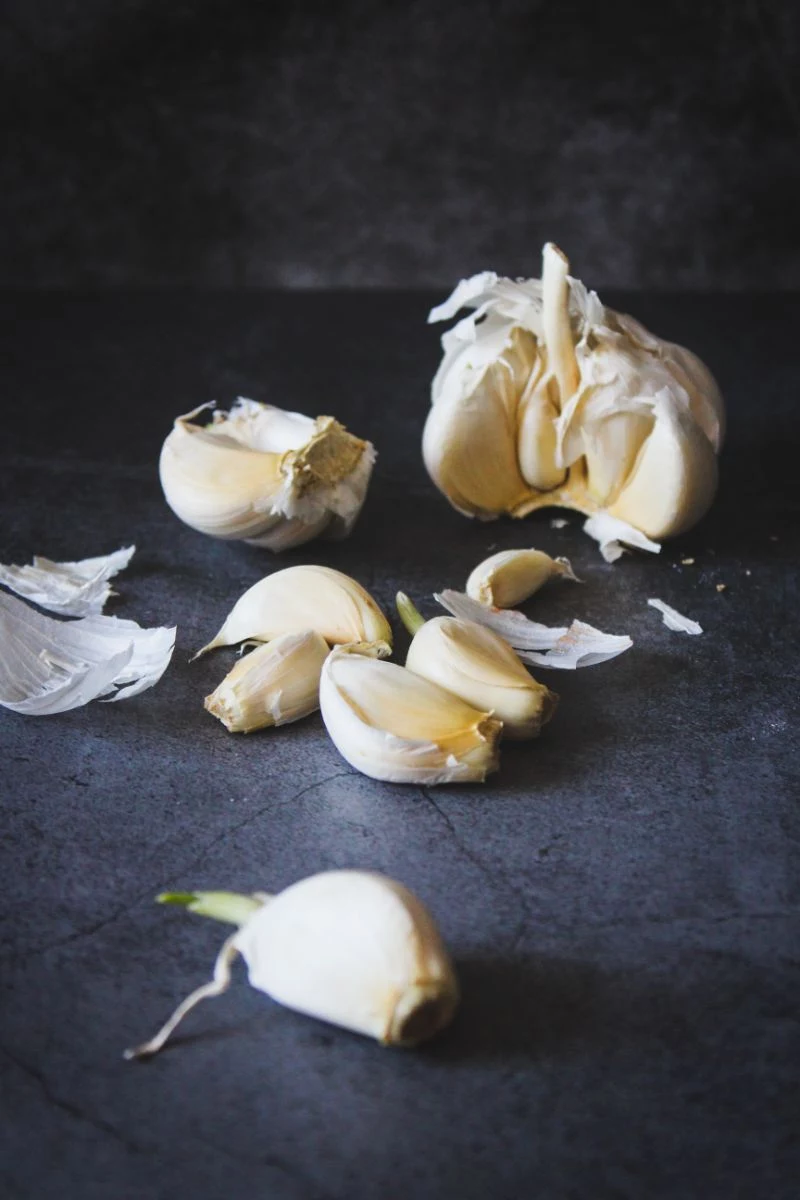
The Best Homemade Sprays (and What to Avoid)
Sometimes you need to bring out the sprayer to knock down a big population fast. Before we get to recipes, let’s talk about your basic aphid-fighting toolkit. Honestly, you can get started with just three things: a decent pump sprayer (around $15 to $30 at any home improvement store), a bottle of pure Castile soap like Dr. Bronner’s (about $10), and some 100% cold-pressed neem oil (around $15).
No matter what spray you use, always follow these rules:
- Test first. Spray a small, hidden leaf and wait a day or two to make sure it doesn’t harm the plant.
- Spray at the right time. Early morning or late evening is best. Spraying in the hot sun can scorch leaves and harm bees.
- Be thorough. These sprays have to make direct contact. You must coat the undersides of leaves and all the nooks and crannies.

The Basic Soap Spray
This is the workhorse. The soap dissolves the aphid’s protective outer layer, and they quickly dehydrate. But you have to use the right soap! Do NOT use dish detergent; it contains degreasers and chemicals that can damage plants. Stick to pure insecticidal soap or a simple Castile soap.
- The Recipe (1 Gallon): Mix 1 to 2 teaspoons of pure liquid soap in 1 gallon of water.
- Small Batch (1 Quart): For a regular-sized spray bottle, just use ½ teaspoon of soap in 1 quart (about 4 cups) of water.
Neem Oil Spray: My Go-To Solution
Neem oil is fantastic because it works in several ways: it suffocates pests, repels them, and messes with their hormones so they can’t reproduce. It’s a bit slower to act, but its real power is in preventing the next generation from ever happening.
- The Recipe (1 Gallon): Mix 2 teaspoons of 100% cold-pressed neem oil and 1 teaspoon of pure liquid soap with 1 gallon of water. (The soap is essential to help the oil and water mix).
- Small Batch (1 Quart): Use ½ teaspoon of neem oil and a ¼ teaspoon of soap in 1 quart of water.
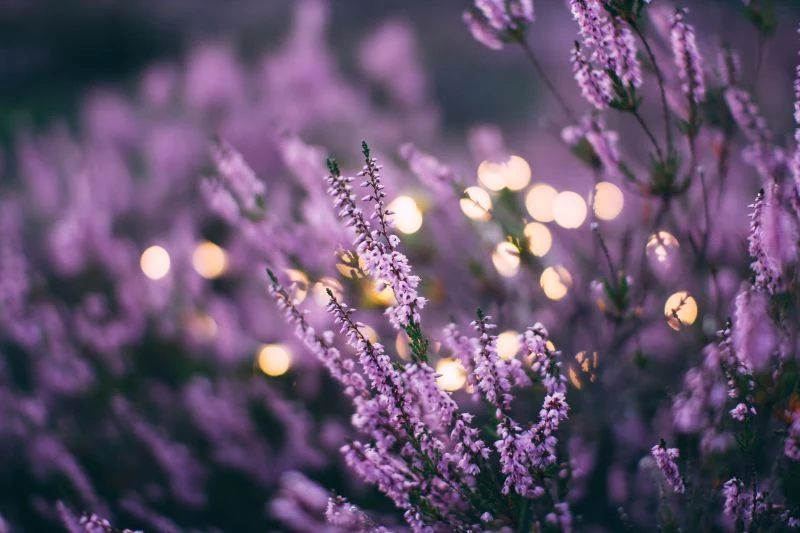
Garlic or Chili Repellent Spray
These are more about making your plants taste bad than killing aphids. I often use them as a follow-up to a soap spray to discourage any newcomers. To make it, just steep a minced bulb of garlic or a few hot chili peppers in a quart of water for 24 hours, strain it well, and add a drop of soap.
Heads up! Be super careful with the chili spray, especially if you have pets that might wander through the garden and lick the plants. And wear gloves when you make it!
As for things you see online… I strongly advise against using vinegar. It’s a plant-killer. And while milk can sometimes work, I’ve found the results are unreliable and it can leave a sour smell. There are better, safer options.
A Quick Word on Food Safety
This is a big one. Are these sprays safe for your vegetables and herbs? Yes, soap and neem oil are generally considered safe for use on edibles, which is why they are so popular in organic gardening. However, you definitely don’t want to eat them.
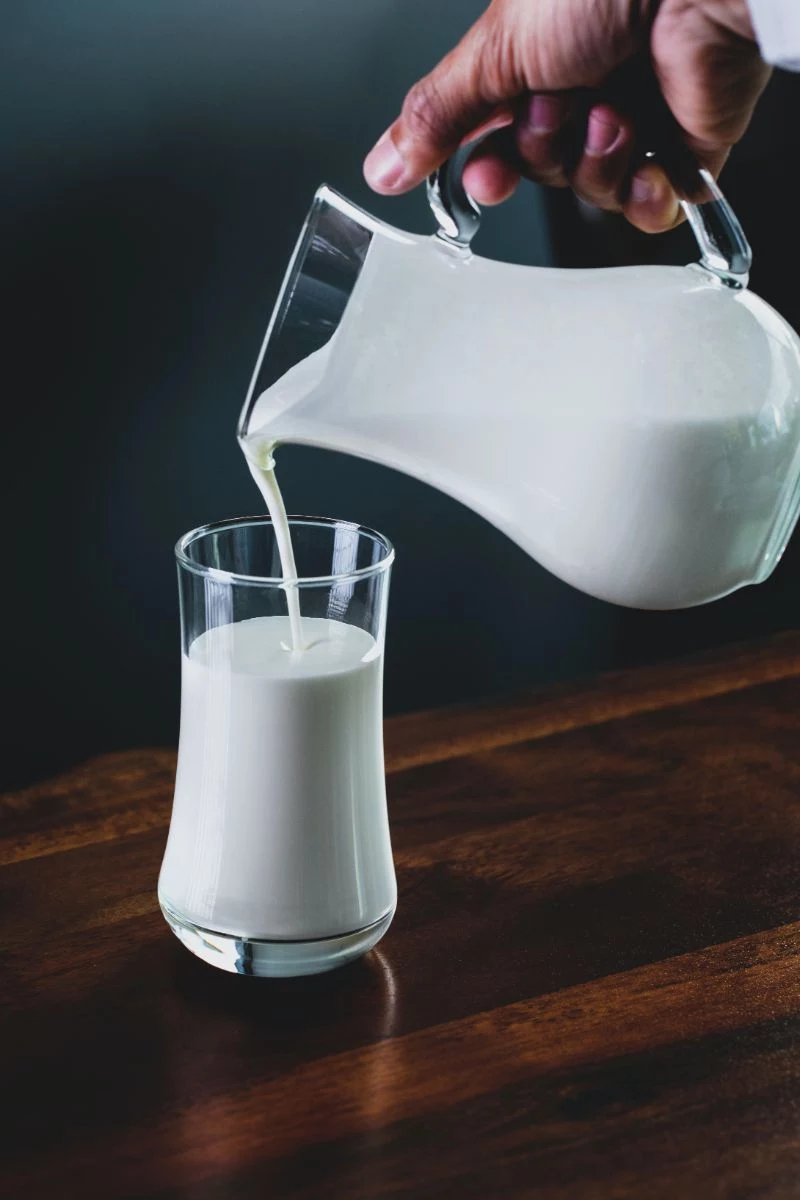
My personal rule of thumb is to be cautious. After my last spray, I always wait at least 3-4 days before I harvest anything. And no matter what, I wash everything very, very well under running water before it goes into my kitchen. Better safe than sorry!
Which Method Is Right for You? A Quick Breakdown
Feeling overwhelmed? Here’s a simple way to think about your options:
- Water Spray: Best for a few aphids on sturdy outdoor plants. It’s free, instant, but you’ll have to repeat it.
- Soap Spray: Best for a serious knockdown on almost any plant, indoors or out. It’s very cheap and works fast (within hours).
- Neem Oil Spray: Best for stubborn problems and preventing future generations. It works more slowly (over days) but offers longer-term benefits and helps with fungus, too.
- Beneficial Bugs: Best for long-term, hands-off control in an outdoor garden. It’s an investment that takes weeks to show results but creates a healthier garden overall.
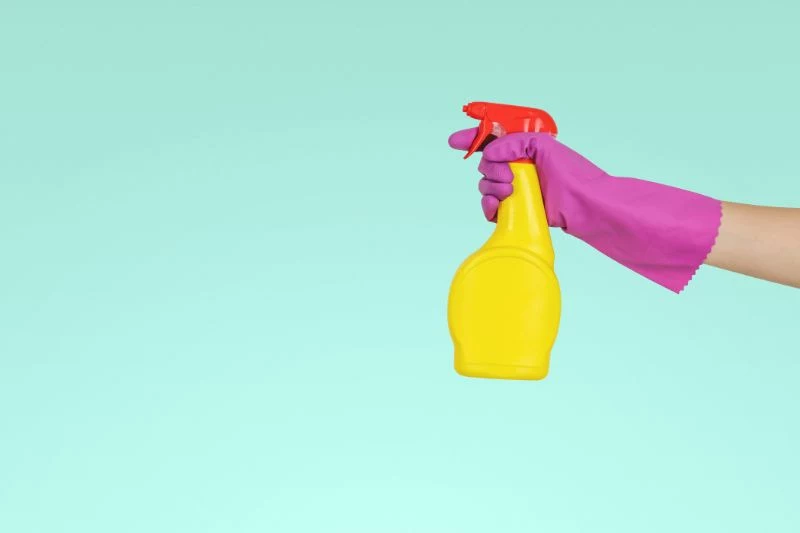
When the Problem Gets Complicated
If you’re still struggling with aphids on a tree or large shrub, look down. Are ants marching up the trunk? If so, you need to deal with them first. A simple and effective way is to use a sticky barrier product. But here’s a pro tip: Never apply that sticky stuff directly to the bark, especially on younger trees. Wrap a 3-inch band of heavy-duty tape or even duct tape around the trunk first, and then apply the paste onto the tape. This creates a moat the ants can’t cross.
And remember, knowing your local climate helps. In humid areas, you need to clean up honeydew fast to prevent sooty mold. In dry regions, that initial blast of water is extra helpful because it also hydrates a stressed-out plant.
Know When to Ask for Help
There is no shame in calling in a pro. Even with years of experience, I sometimes consult specialists. If a huge, valuable tree is infested, or you’ve tried multiple methods without success, it might be time to call a certified arborist or pest control advisor. Their expertise is worth the cost when a treasured plant is on the line.
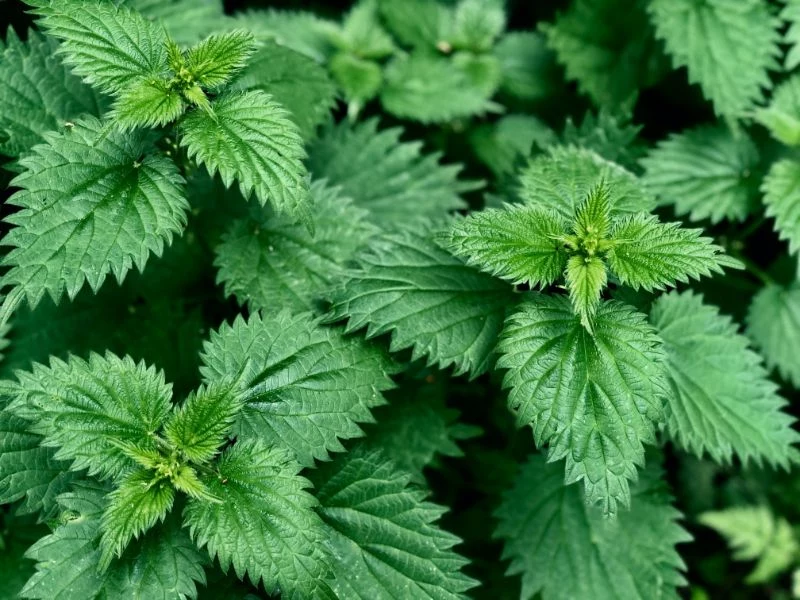
Ultimately, beating aphids is about paying attention. Walk through your garden, look closely at your plants, and act early with the simplest solution. That patient approach will give you a healthier, more resilient garden than any single “miracle” cure ever could.
Inspirational Gallery
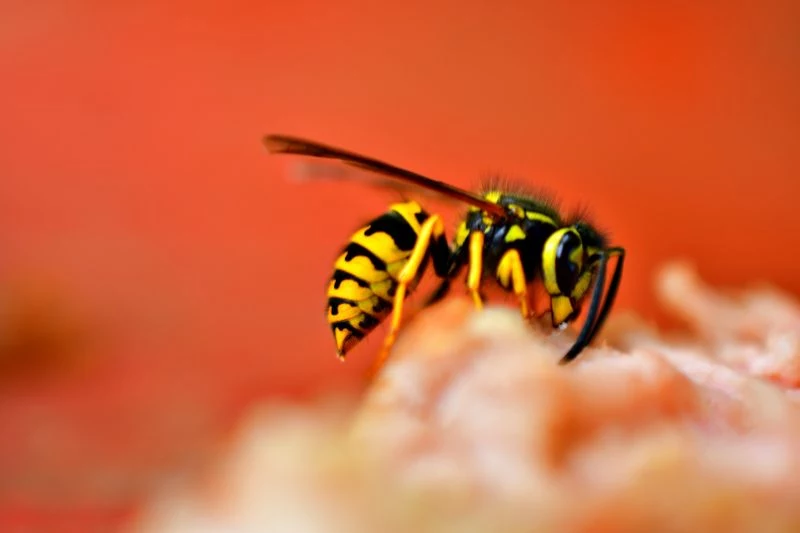
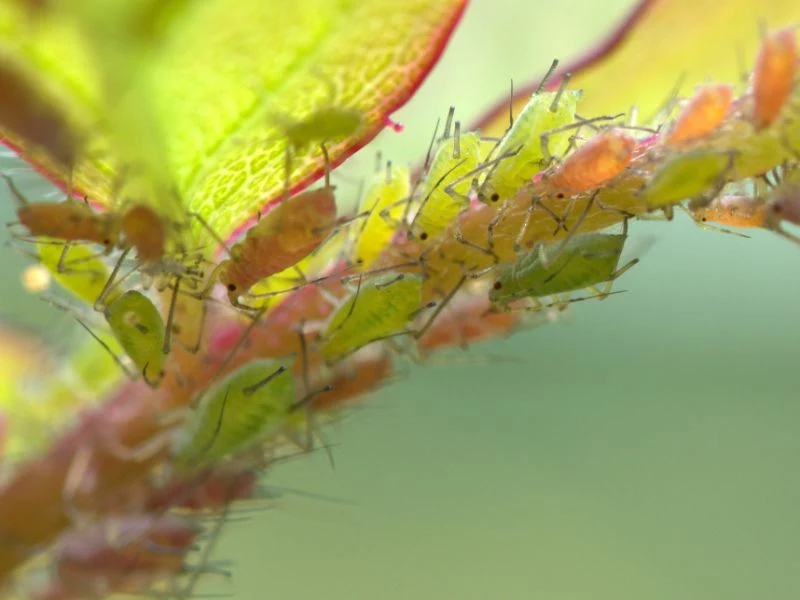
Instead of just fighting infestations, invite nature’s own pest control team into your garden. By planting a few key flowers and herbs among your vegetables and ornamentals, you can attract beneficial insects that prey on aphids. This creates a balanced, self-regulating ecosystem.
- Ladybugs and Lacewings are drawn to the umbrella-shaped flowers of dill, fennel, and cilantro.
- Hoverflies, whose larvae are voracious aphid eaters, love the sweet nectar of cosmos, sweet alyssum, and marigolds.
- Parasitic Wasps, tiny non-stinging insects, lay their eggs inside aphids. Yarrow and parsley are excellent for attracting them.
Did you know that ants often










